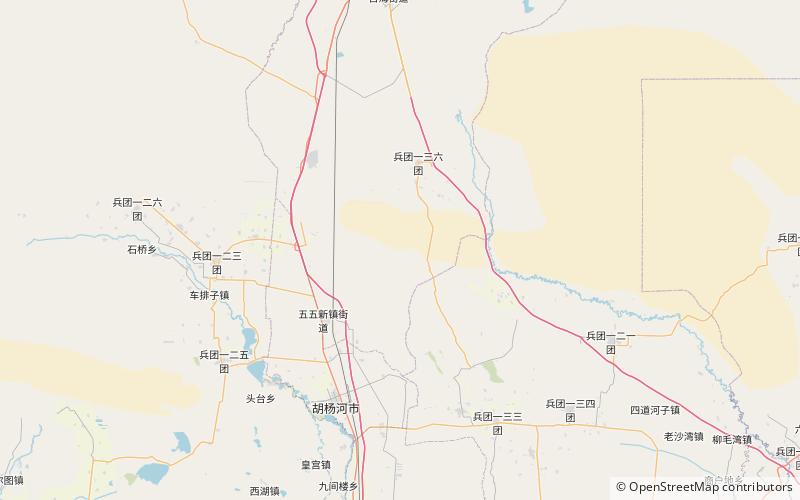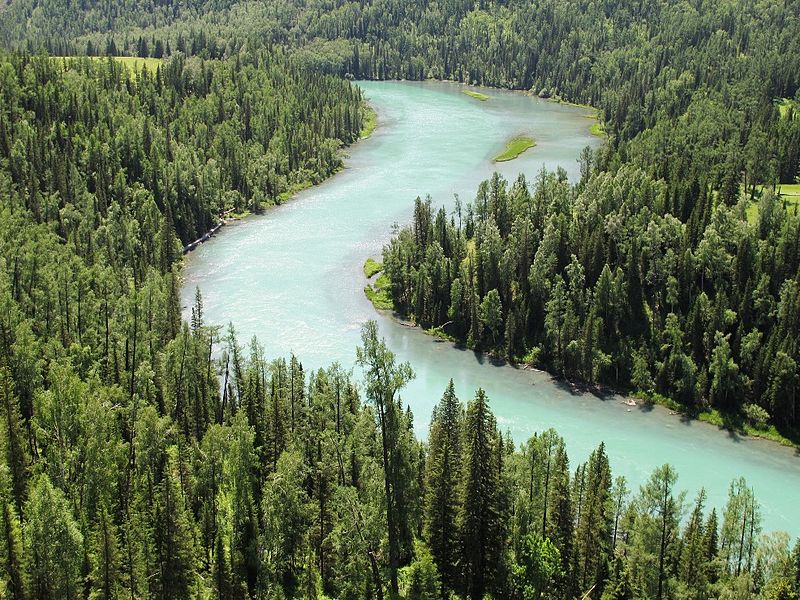Dzungaria


Facts and practical information
Nestled in the rugged heartland of northwestern China, Dzungaria is a region steeped in natural wonder and historical significance. This expansive area, part of the larger Xinjiang Uyghur Autonomous Region, is recognized as a protected area, showcasing a diverse range of ecosystems and a unique blend of cultural heritages.
Dzungaria is bordered by the majestic Tien Shan mountain range to the south and the Altai Mountains to the north, creating a natural fortress that has been historically significant for various nomadic tribes and empires. The region's name is derived from the Dzungar people, a confederation of Mongol tribes that once roamed these lands.
The area's topography is a patchwork of arid basins, rolling steppe, and high-altitude deserts, including part of the Gobi Desert. Its climate is sharply continental, characterized by hot summers and cold winters, which has shaped the unique flora and fauna found within its boundaries. Dzungaria is home to numerous species of wildlife, some of which are rare or endangered, such as the snow leopard and the wild Bactrian camel.
Beyond its natural allure, Dzungaria holds a wealth of archaeological and historical sites, telling the tales of the Silk Road and the many travelers and conquerors who passed through. The region's cultural tapestry is rich, with influences from various ethnic groups, including Kazakhs, Uyghurs, Hui, Mongols, and Han Chinese, each contributing to the area's diverse cultural landscape.
For the modern-day adventurer, Dzungaria offers a range of activities from trekking in the unspoiled wilderness to exploring ancient ruins. However, the remoteness of the region and the need for conservation mean that access is sometimes restricted, and visitors must be mindful of the protected status of the area.
